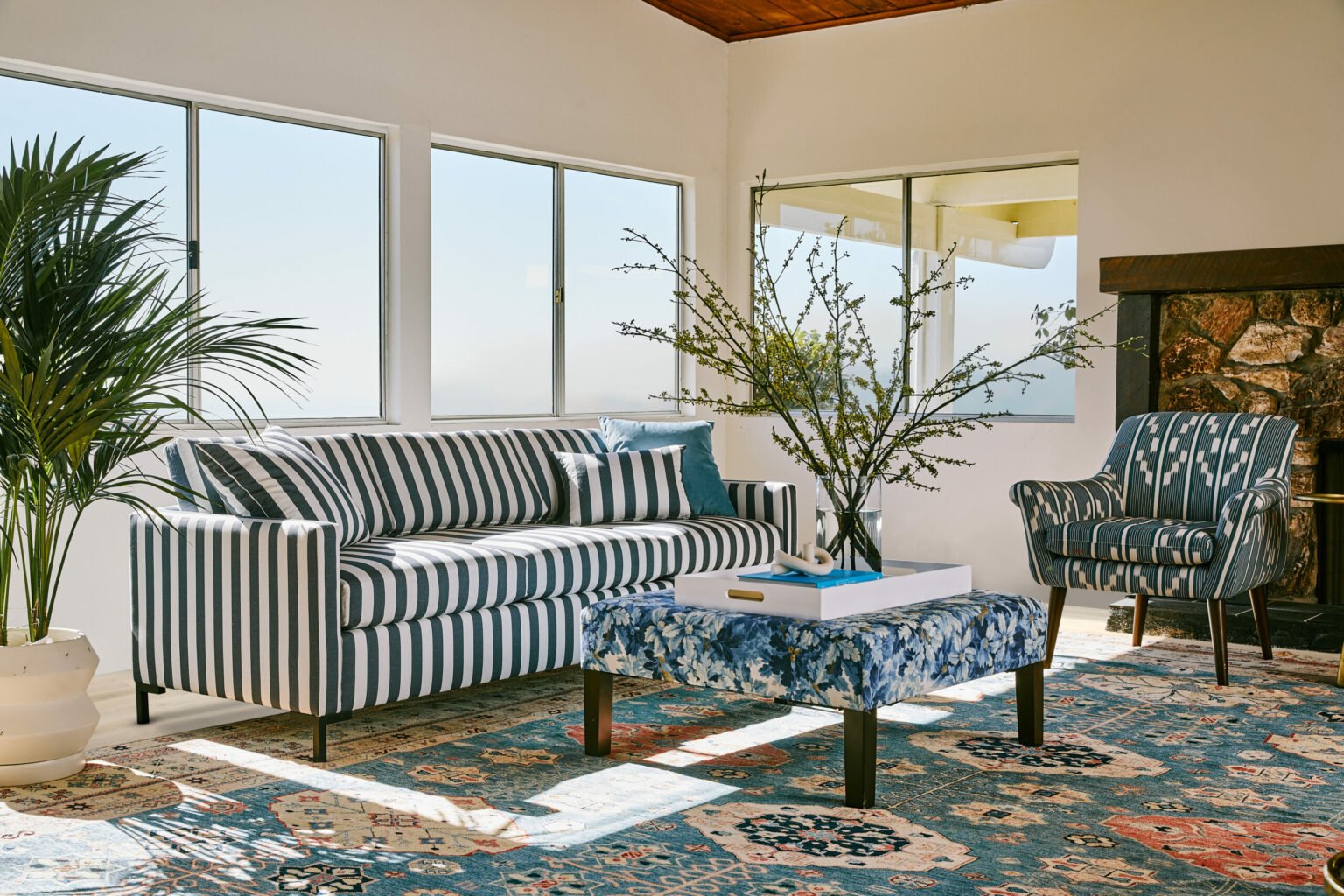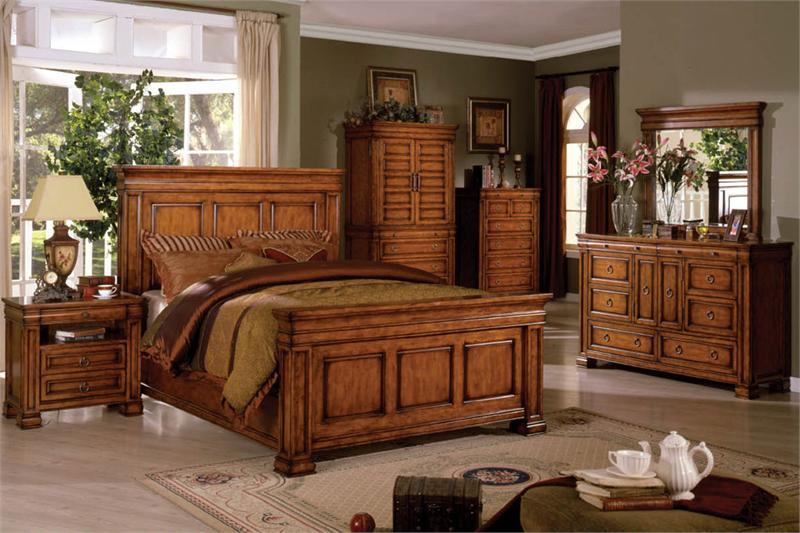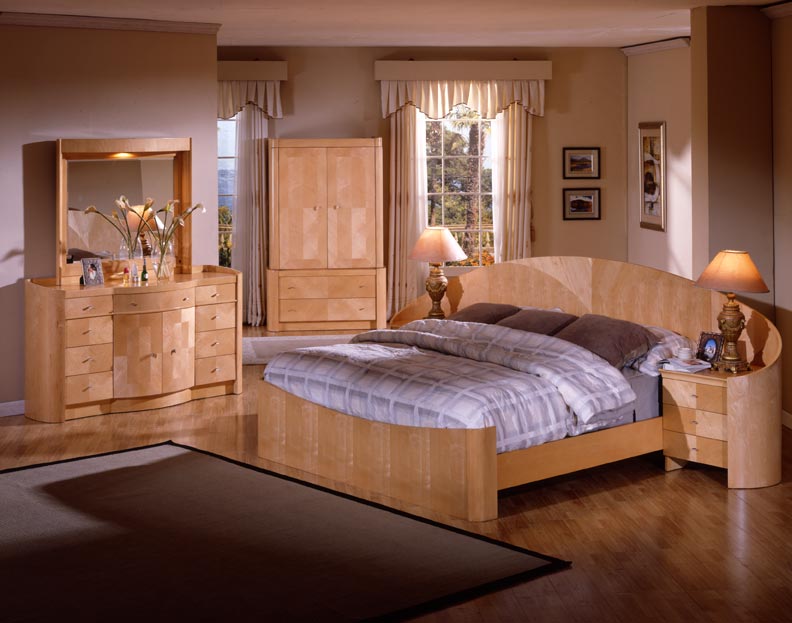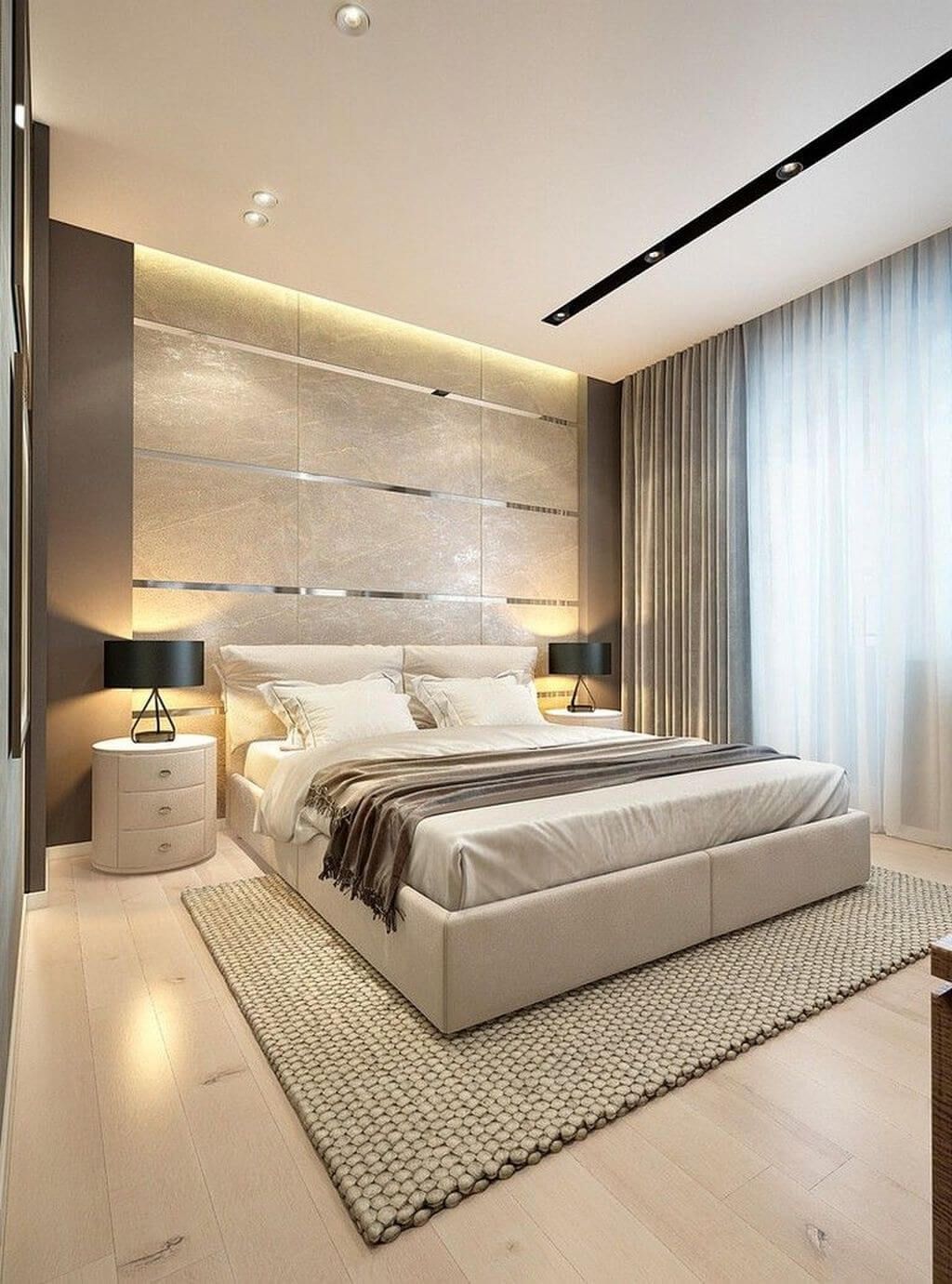When it comes to decorating a bedroom, one of the biggest debates is whether or not all the furniture should match. Some people prefer a coordinated and consistent look, while others opt for a more eclectic and personal style. But which is the better option? Let's dive into the pros and cons of matching furniture in a bedroom.Matching Furniture in a Bedroom
Matching furniture in a bedroom can create a cohesive and polished look. It gives the room a sense of balance and symmetry, which can be visually appealing. This is especially true for smaller bedrooms, as matching furniture can make the space feel less cluttered and more put-together. However, matching furniture can also be limiting in terms of design and style. It can be difficult to find all the pieces you need in the same color or finish, and this can lead to settling for furniture that may not be your first choice. It also doesn't leave much room for personalization and can make the room feel generic.Bedroom Furniture Matching
Another option is to coordinate your bedroom furniture instead of matching it. This means choosing pieces that complement each other in terms of style and color, but don't necessarily match exactly. This allows for more creativity and personalization, while still maintaining a cohesive look. For example, you could coordinate a wooden bed frame with a dresser and nightstand in a similar wood tone, but mix in different textures and accents for a more interesting and unique look.Bedroom Furniture Coordination
Consistency is key when it comes to bedroom furniture, whether you choose to match or coordinate. This means keeping the overall style and color scheme consistent throughout the room. For example, if you have a modern bed frame, it's best to stick with modern furniture for the rest of the room, rather than mixing in traditional pieces. Consistency can also be achieved through using pieces from the same furniture set. This takes the guesswork out of coordinating and ensures that all the pieces go well together. However, this can also lead to a more generic and cookie-cutter look.Bedroom Furniture Consistency
Harmony is essential in any room, including the bedroom. This means ensuring that all the furniture works well together and doesn't clash. When choosing furniture, consider the overall theme and color palette of the room. If you're going for a calming and peaceful atmosphere, opt for furniture in muted and neutral tones. If you want a bold and vibrant space, choose furniture in brighter colors and patterns. It's also important to consider the size and scale of the furniture in relation to the room. Furniture that is too large or too small can throw off the balance and harmony of the space.Bedroom Furniture Harmony
The style of your bedroom furniture should reflect your personal taste and preferences. Whether you prefer a modern, rustic, or traditional look, there are countless options available. When choosing furniture, consider the overall style of your home and how the bedroom will flow with the rest of the space. Mixing and matching different styles of furniture can create a unique and eclectic look, but it's important to make sure they still work well together. For example, you could mix a vintage dresser with a modern bed frame, but make sure they have complementary elements such as similar wood tones or hardware.Bedroom Furniture Style
The design of your bedroom furniture is also an important factor to consider. This includes the shape, lines, and details of each piece. A simple and streamlined design can create a more contemporary look, while furniture with intricate details can add a touch of elegance and sophistication. When choosing furniture, think about the overall aesthetic you want to achieve in your bedroom. If you want a clean and minimalist look, opt for furniture with clean lines and minimal embellishments. If you want a cozy and inviting space, look for furniture with softer, rounded edges and plush materials.Bedroom Furniture Design
Color is a powerful tool when it comes to designing a bedroom, and the color of your furniture can make a big impact. Matching furniture in the same color can create a harmonious and calming environment, while coordinating furniture in complementary colors can add more visual interest and personality to the room. It's important to choose a color scheme that reflects your personal style and complements the overall theme and mood of the room. Bold and bright colors can add energy and personality, while neutral tones can create a more serene and relaxing atmosphere.Bedroom Furniture Color Scheme
For those who prefer a more coordinated and effortless approach, a bedroom furniture set may be the best option. This typically includes a bed frame, nightstand, dresser, and sometimes a mirror or chest of drawers. A furniture set can save you time and effort in finding individual pieces that match, but it can also limit your options and personalization. If you do opt for a furniture set, consider adding in a few unique and personal touches, such as throw pillows or wall decor, to make the room feel less generic.Bedroom Furniture Set
Finally, an ensemble of bedroom furniture can be created by mixing and matching different pieces from different sets or styles. This allows for ultimate personalization and can result in a one-of-a-kind bedroom that truly reflects your taste and personality. However, creating an ensemble of furniture can be more challenging and requires a good eye for design and coordination. It's important to have a clear vision of the overall look you want to achieve and to make sure all the pieces work well together.Bedroom Furniture Ensemble
All About Coordinating Furniture in Your Bedroom

The Importance of Matching Furniture in a Bedroom
 When it comes to designing and decorating your bedroom, one of the biggest decisions you'll have to make is whether or not to have matching furniture. While some may argue that mixing and matching furniture adds character and personality to a room, others believe that having a cohesive and coordinated look is essential for creating a relaxing and harmonious space. So, should all the furniture in a bedroom match? The answer is not a simple yes or no, as there are various factors to consider before making a decision.
When it comes to designing and decorating your bedroom, one of the biggest decisions you'll have to make is whether or not to have matching furniture. While some may argue that mixing and matching furniture adds character and personality to a room, others believe that having a cohesive and coordinated look is essential for creating a relaxing and harmonious space. So, should all the furniture in a bedroom match? The answer is not a simple yes or no, as there are various factors to consider before making a decision.
Creating a Unified and Harmonious Look
 One of the main benefits of having matching furniture in a bedroom is that it creates a sense of unity and harmony. When all the pieces of furniture have a similar style, color, and design, it creates a visually appealing and cohesive look. This can be especially important in a bedroom, which is supposed to be a peaceful and calming space. When all the furniture matches, it can help create a sense of balance and order, making it easier to relax and unwind after a long day.
One of the main benefits of having matching furniture in a bedroom is that it creates a sense of unity and harmony. When all the pieces of furniture have a similar style, color, and design, it creates a visually appealing and cohesive look. This can be especially important in a bedroom, which is supposed to be a peaceful and calming space. When all the furniture matches, it can help create a sense of balance and order, making it easier to relax and unwind after a long day.
Maximizing Space and Functionality
 Another advantage of coordinating furniture in a bedroom is that it can help maximize space and functionality. When all the furniture is designed to complement each other, it allows for a more efficient use of space. For example, a matching dresser and nightstand can create a streamlined and organized look, while also providing ample storage for clothing and personal items. This can be especially beneficial in smaller bedrooms where space is limited.
Another advantage of coordinating furniture in a bedroom is that it can help maximize space and functionality. When all the furniture is designed to complement each other, it allows for a more efficient use of space. For example, a matching dresser and nightstand can create a streamlined and organized look, while also providing ample storage for clothing and personal items. This can be especially beneficial in smaller bedrooms where space is limited.
Mixing and Matching for a Personal Touch
 While matching furniture can create a cohesive look, some may argue that it lacks personality and can be too cookie-cutter. This is where mixing and matching furniture can come into play. By incorporating different styles, colors, and designs, you can add your own personal touch and create a unique and eclectic look in your bedroom. However, it's important to strike a balance and not go overboard with too many mismatched pieces that can make the room feel cluttered and chaotic.
While matching furniture can create a cohesive look, some may argue that it lacks personality and can be too cookie-cutter. This is where mixing and matching furniture can come into play. By incorporating different styles, colors, and designs, you can add your own personal touch and create a unique and eclectic look in your bedroom. However, it's important to strike a balance and not go overboard with too many mismatched pieces that can make the room feel cluttered and chaotic.
Consider Your Personal Preferences and Budget
 At the end of the day, the decision to have matching or coordinating furniture in your bedroom ultimately comes down to personal preference and budget. If you prefer a more uniform and put-together look, then matching furniture may be the way to go. However, if you want to add your own personal flair and have a limited budget, mixing and matching may be a better option. Whichever you choose, make sure to consider your own style and needs to create a bedroom that is both comfortable and visually appealing.
At the end of the day, the decision to have matching or coordinating furniture in your bedroom ultimately comes down to personal preference and budget. If you prefer a more uniform and put-together look, then matching furniture may be the way to go. However, if you want to add your own personal flair and have a limited budget, mixing and matching may be a better option. Whichever you choose, make sure to consider your own style and needs to create a bedroom that is both comfortable and visually appealing.
Conclusion
 In conclusion, there is no right or wrong answer when it comes to whether all the furniture in a bedroom should match. It ultimately depends on your personal preferences, budget, and the overall look and feel you want to achieve in your bedroom. Whether you decide to have matching furniture or mix and match, make sure to create a space that reflects your style and makes you feel at ease. After all, your bedroom is your sanctuary, and it should be designed in a way that brings you joy and relaxation.
In conclusion, there is no right or wrong answer when it comes to whether all the furniture in a bedroom should match. It ultimately depends on your personal preferences, budget, and the overall look and feel you want to achieve in your bedroom. Whether you decide to have matching furniture or mix and match, make sure to create a space that reflects your style and makes you feel at ease. After all, your bedroom is your sanctuary, and it should be designed in a way that brings you joy and relaxation.









































































































